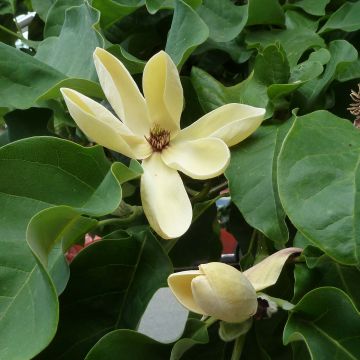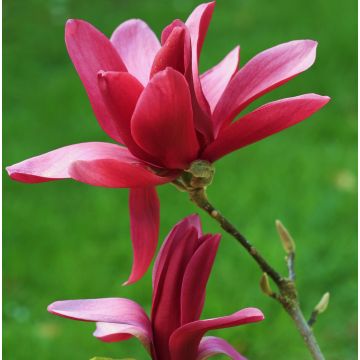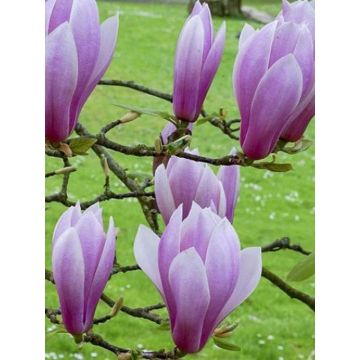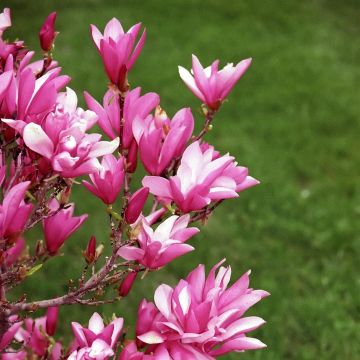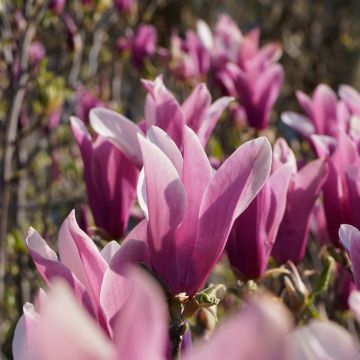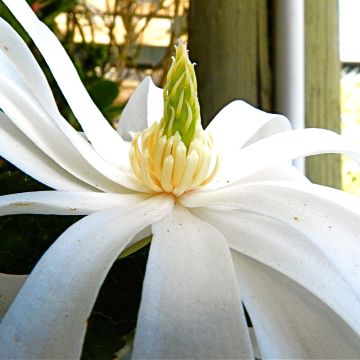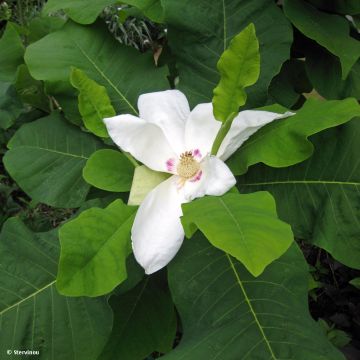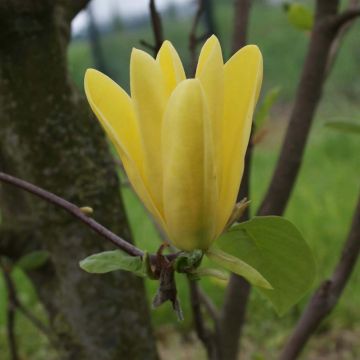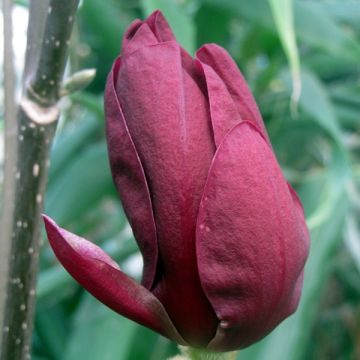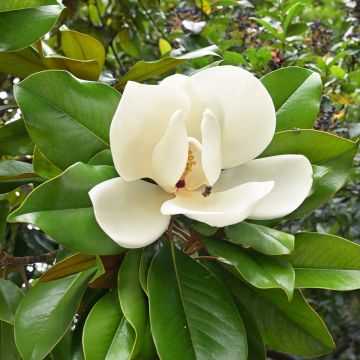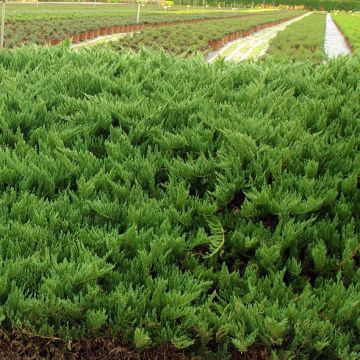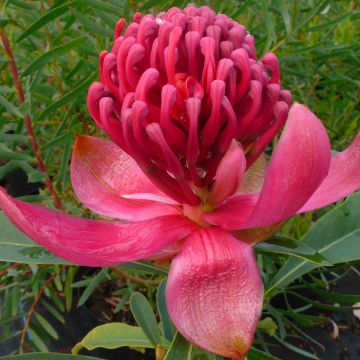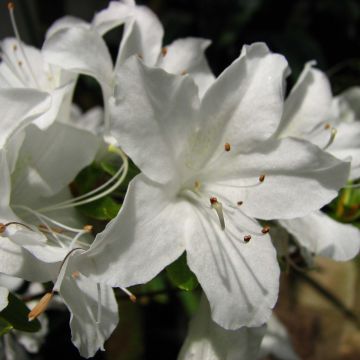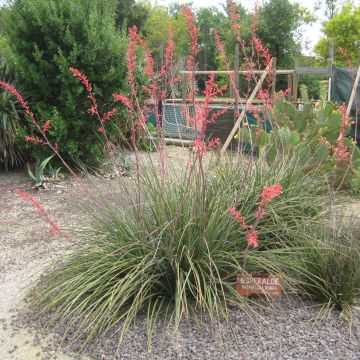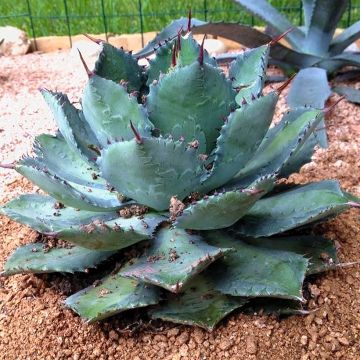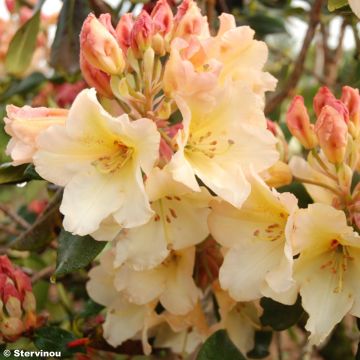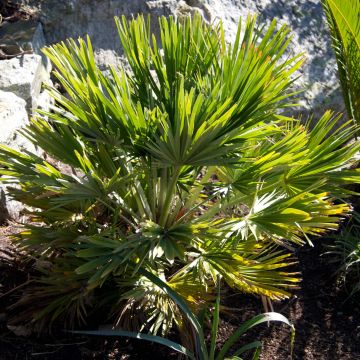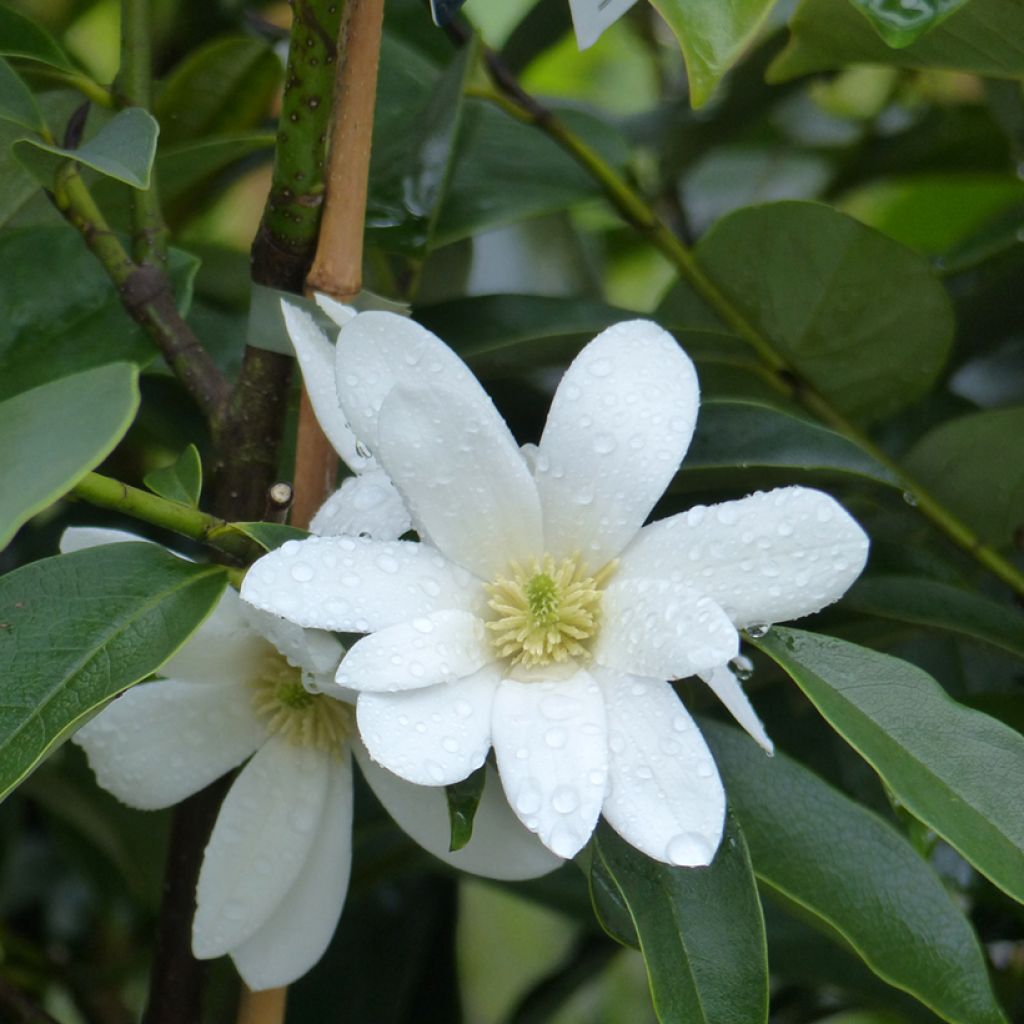

Magnolia Fairy White
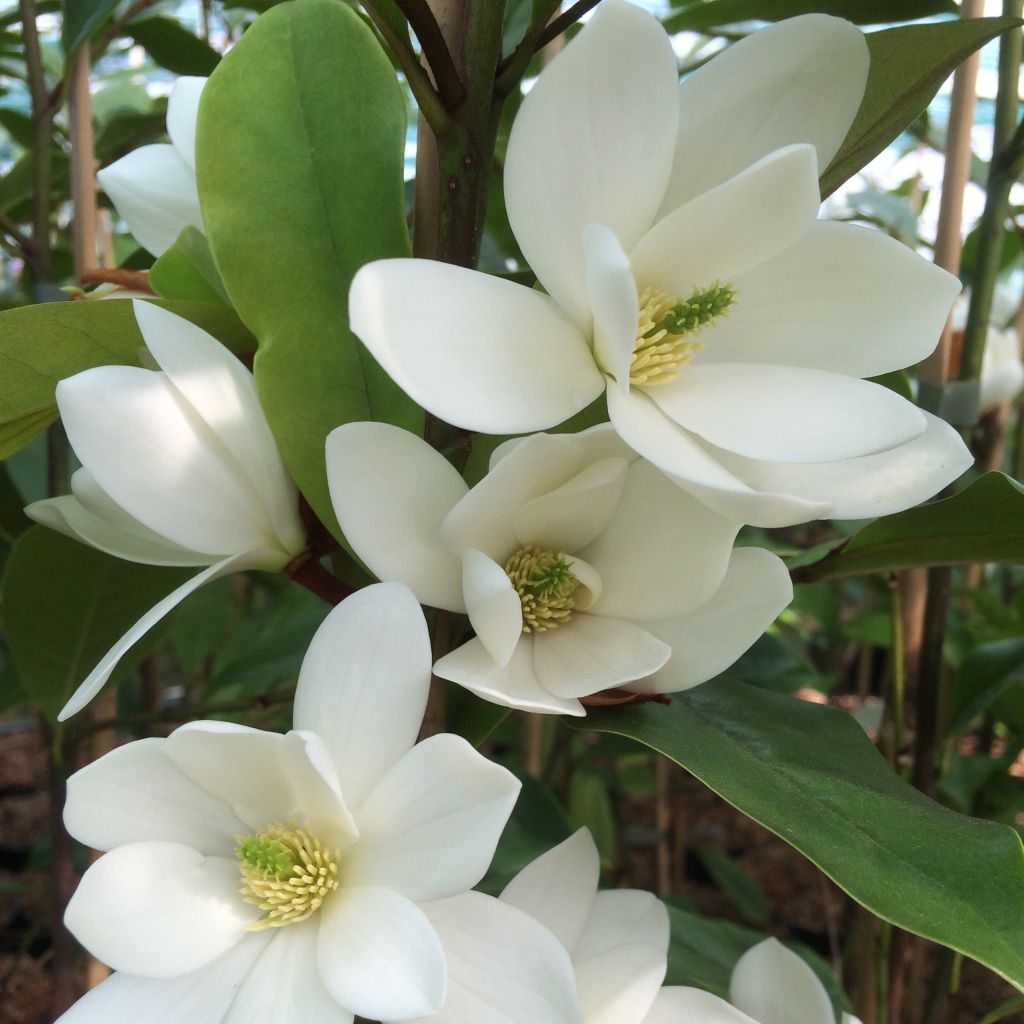

Magnolia Fairy White
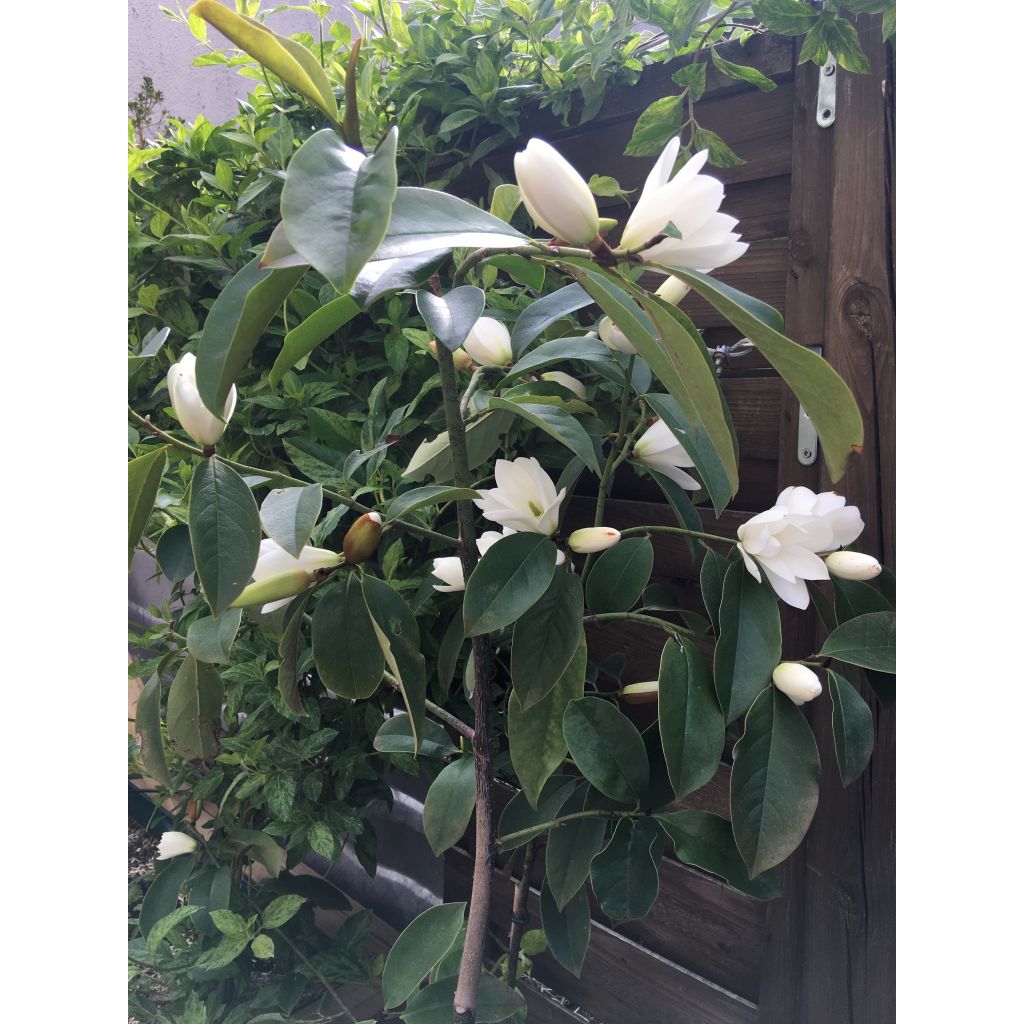

Magnolia Fairy White
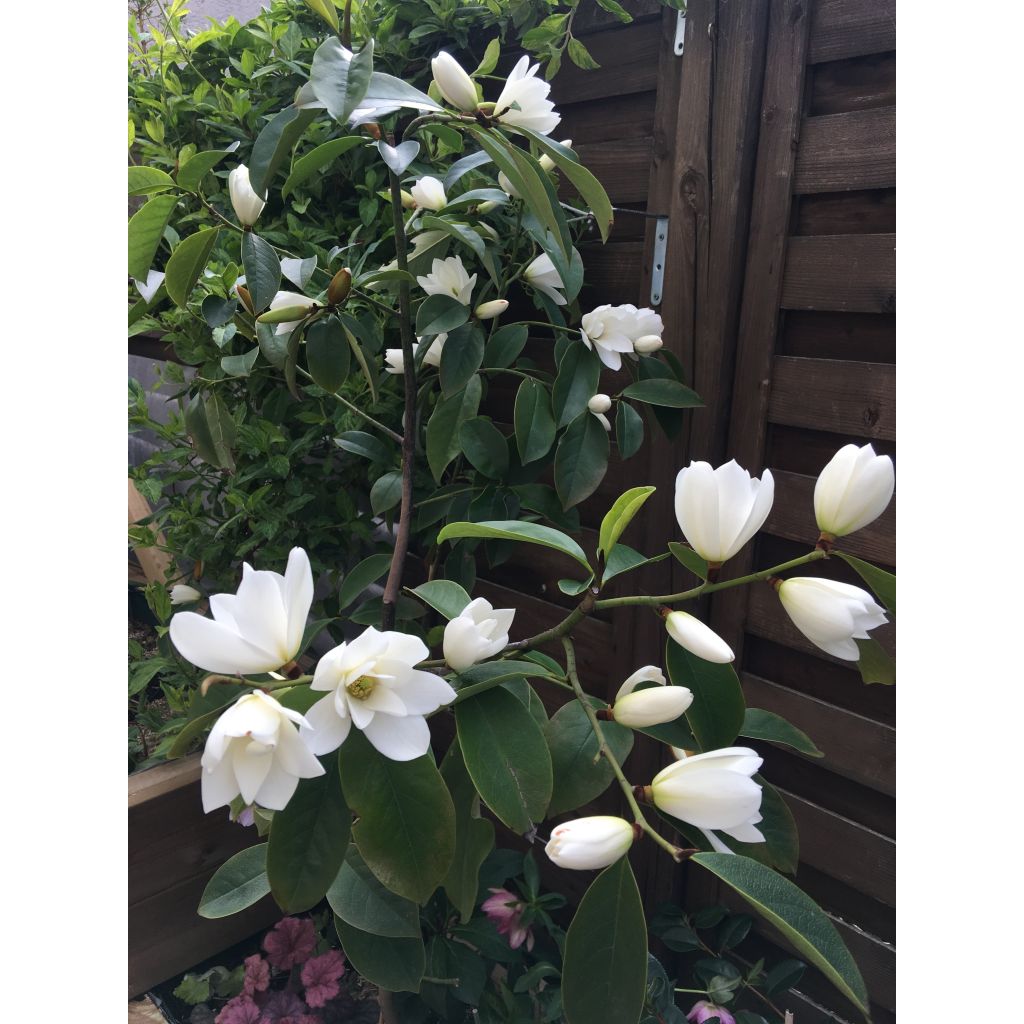

Magnolia Fairy White
Magnolia Fairy White
Magnolia x doltsopa Fairy White®
Magnolia
I can't modify the already published review but I wanted to correct it. After 2 months of potting and proper watering, the young magnolia plant is doing very well. I am eagerly awaiting its flowering next year. I also ordered a oleander on this site and it is a very beautiful plant. Thank you.
Clem, 02/09/2023
This item cannot be shipped to the selected country
Delivery charge from €5.90
Delivery to Corse prohibited
More information
Schedule delivery date,
and select date in basket
This plant carries a 24 months recovery warranty
More information
We guarantee the quality of our plants for a full growing cycle, and will replace at our expense any plant that fails to recover under normal climatic and planting conditions.
From €5.90 for pickup delivery and €6.90 for home delivery
Express home delivery from €8.90.
Delivery to Corse prohibited: UE law prohibits the import of this plant from mainland France to Corse as part of the fight against Xylella fastidiosa. Please accept our sincere apologies.
More information
Does this plant fit my garden?
Set up your Plantfit profile →
Description
The Magnolia Fairy White, also known as Michelia, is a beautiful evergreen bush that is still rarely offered and little known to gardeners. It blooms from the end of winter, with large sublime white flowers producing a delicious fragrance. Floriferous, it is also endowed with good health, manifested by abundant glossy foliage and a dense habit, which remains impeccable throughout the year. Its hardiness is average; it will be grown in pots in very cold regions, stored in a cold greenhouse during winter, or in the ground in milder climates. This magnolia prefers slightly acidic, well-drained, moist but not too dry soils, in sunny to semi-shaded exposures.
The Magnolia Fairy White belongs to the Magnoliaceae family, and shares with magnolias a fresh green glossy foliage and cup-shaped flowers. This variety is part of a series of hybrids developed in New Zealand, derived from Michelia doltsopa, a less hardy species native to the forests and subtropical regions of the eastern Himalayas, offering particularly fragrant white flowers from the end of winter.
The 'Fairy White' variety stands out with a denser and more compact habit, quick flowering on young subjects, increased hardiness, and excellent foliage retention even after flowering. It is a branching bush with a rounded habit, 3m (10ft) tall and 2m (7ft) wide at maturity when grown in the ground, maintaining more modest proportions in pots. From March to May, large velvet brown buds are born along its branches, located in pairs at the axil of each leaf. They open into magnolia flowers, at least 10cm (4in) wide, composed of narrow petals with a waxy texture, white color, and showing in their center a cluster of protruding stamens surrounding a pale yellow granular club-shaped pistil. The foliage is leathery, medium green and shiny, composed of ovate leaves, 6 to 8cm (2 to 3in) long, with a lighter fuzzy underside. It is not uncommon for this variety to rebloom in September, until the first frost.
Plant Michelia Fairy White to showcase it: as a standalone specimen, near a pathway to enjoy its fragrance, or even in a large container on the terrace to be stored during winter. In mild climates, it will be marvelous as a standalone plant on a short grass meadow, but also mixed in a flower bed or in a free hedge with viburnums (Viburnum odoratissimum), Japanese privets (Ligustrum japonicum), and even as a trimmed hedge by the sea. It can serve as a screen and a backdrop for small woodland plants. It will provide excellent perches for songbirds, further enhancing its exotic charm. This bush lends itself well to topiary art.
Michelia champaca, a close relative, is a bush cultivated in India, from which a highly sought-after essential oil is extracted in perfumery.
Report an error about the product description
Magnolia Fairy White in pictures
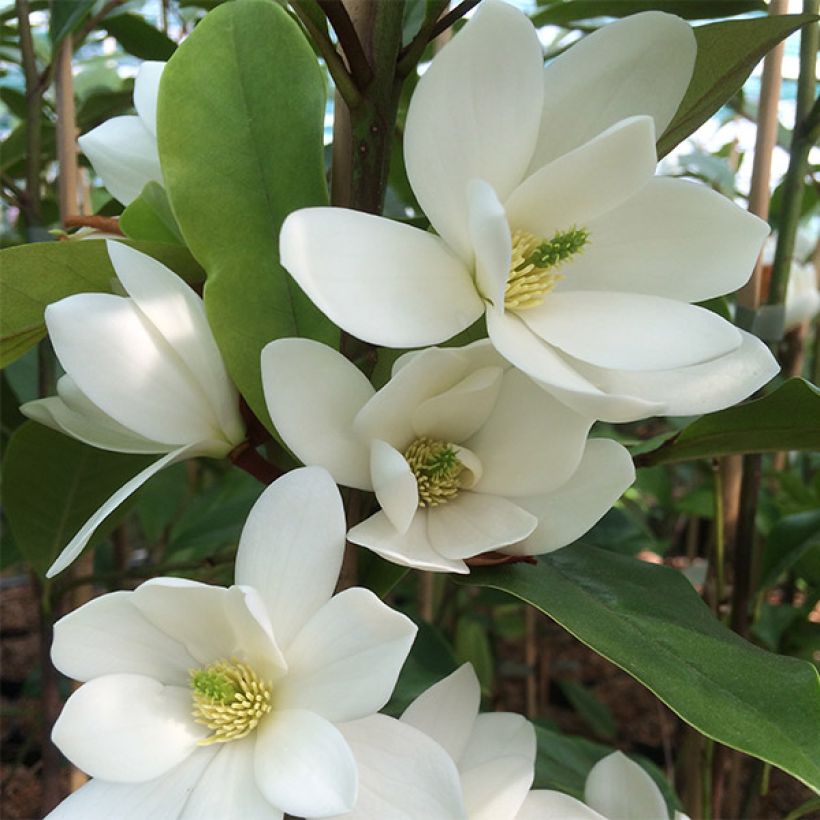

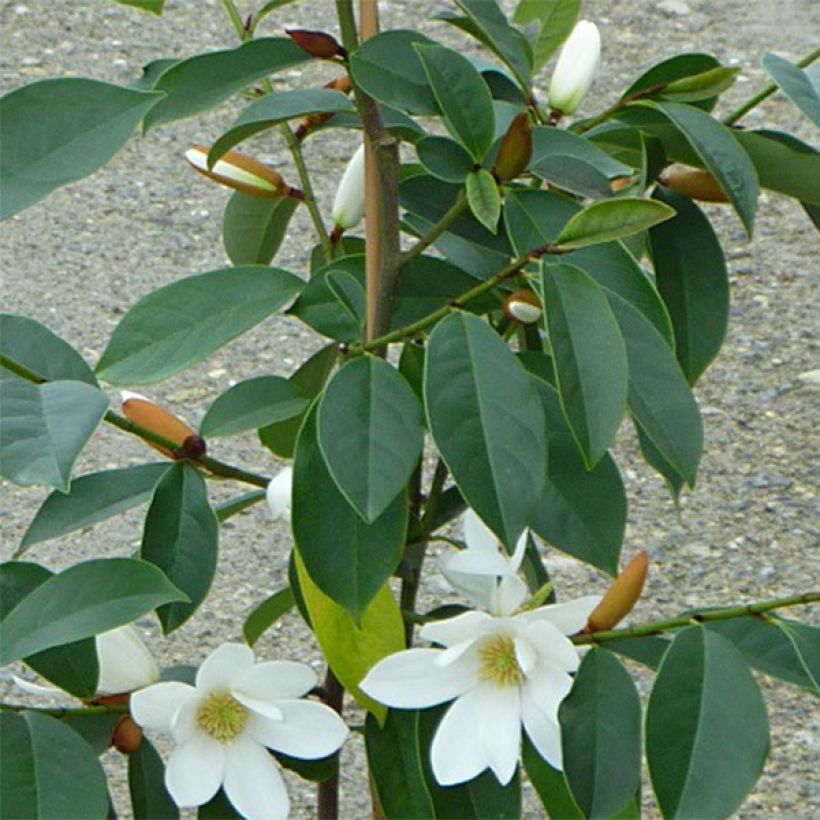

Plant habit
Flowering
Foliage
Botanical data
Magnolia
x doltsopa
Fairy White®
Magnoliaceae
Magnolia
Cultivar or hybrid
Other Magnolia
Planting and care
The Michelia Fairy White prefers humus-rich soils, slightly acidic (pH 6.5), rich in organic matter, from moist to dry, without stagnant humidity. It appreciates semi-shaded exposures and dislikes scorching exposures. It can be grown in the ground in regions with mild climates, as its hardiness does not exceed -10/-12°C (14/10.4°F) even if it is planted in a very sheltered position. Mulch the base to maintain moisture in hot climates, and water abundantly every 15 days in case of prolonged drought. This bush does not tolerate transplantation well once it is established, so choose its location carefully. Its appearance and growth will be very different depending on whether it is planted in the ground or in a container, and whether it grows in shade or in a sunny exposure. When it develops in shade, its habit is more open and flexible, its foliage darker. Conversely, if it is exposed to the sun, it will show a more compact habit, denser foliage, smaller and lighter green. When cultivated in a large container, its growth is limited. Watering should then be followed in summer, and greatly reduced in winter: in a cold greenhouse or conservatory, water supply (without too much lime) should be spaced out, only when the soil is dry on the surface to a depth of 1 cm (1in). The bush can be easily pruned after flowering. In late winter, before the start of vegetation, remove dead wood and intertwined branches to keep only the vigorous branches and maintain a beautiful habit.
Planting period
Intended location
Care
-
, onOrder confirmed
Reply from on Promesse de fleurs
Evergreen shrubs
Haven't found what you were looking for?
Hardiness is the lowest winter temperature a plant can endure without suffering serious damage or even dying. However, hardiness is affected by location (a sheltered area, such as a patio), protection (winter cover) and soil type (hardiness is improved by well-drained soil).

Photo Sharing Terms & Conditions
In order to encourage gardeners to interact and share their experiences, Promesse de fleurs offers various media enabling content to be uploaded onto its Site - in particular via the ‘Photo sharing’ module.
The User agrees to refrain from:
- Posting any content that is illegal, prejudicial, insulting, racist, inciteful to hatred, revisionist, contrary to public decency, that infringes on privacy or on the privacy rights of third parties, in particular the publicity rights of persons and goods, intellectual property rights, or the right to privacy.
- Submitting content on behalf of a third party;
- Impersonate the identity of a third party and/or publish any personal information about a third party;
In general, the User undertakes to refrain from any unethical behaviour.
All Content (in particular text, comments, files, images, photos, videos, creative works, etc.), which may be subject to property or intellectual property rights, image or other private rights, shall remain the property of the User, subject to the limited rights granted by the terms of the licence granted by Promesse de fleurs as stated below. Users are at liberty to publish or not to publish such Content on the Site, notably via the ‘Photo Sharing’ facility, and accept that this Content shall be made public and freely accessible, notably on the Internet.
Users further acknowledge, undertake to have ,and guarantee that they hold all necessary rights and permissions to publish such material on the Site, in particular with regard to the legislation in force pertaining to any privacy, property, intellectual property, image, or contractual rights, or rights of any other nature. By publishing such Content on the Site, Users acknowledge accepting full liability as publishers of the Content within the meaning of the law, and grant Promesse de fleurs, free of charge, an inclusive, worldwide licence for the said Content for the entire duration of its publication, including all reproduction, representation, up/downloading, displaying, performing, transmission, and storage rights.
Users also grant permission for their name to be linked to the Content and accept that this link may not always be made available.
By engaging in posting material, Users consent to their Content becoming automatically accessible on the Internet, in particular on other sites and/or blogs and/or web pages of the Promesse de fleurs site, including in particular social pages and the Promesse de fleurs catalogue.
Users may secure the removal of entrusted content free of charge by issuing a simple request via our contact form.
The flowering period indicated on our website applies to countries and regions located in USDA zone 8 (France, the United Kingdom, Ireland, the Netherlands, etc.)
It will vary according to where you live:
- In zones 9 to 10 (Italy, Spain, Greece, etc.), flowering will occur about 2 to 4 weeks earlier.
- In zones 6 to 7 (Germany, Poland, Slovenia, and lower mountainous regions), flowering will be delayed by 2 to 3 weeks.
- In zone 5 (Central Europe, Scandinavia), blooming will be delayed by 3 to 5 weeks.
In temperate climates, pruning of spring-flowering shrubs (forsythia, spireas, etc.) should be done just after flowering.
Pruning of summer-flowering shrubs (Indian Lilac, Perovskia, etc.) can be done in winter or spring.
In cold regions as well as with frost-sensitive plants, avoid pruning too early when severe frosts may still occur.
The planting period indicated on our website applies to countries and regions located in USDA zone 8 (France, United Kingdom, Ireland, Netherlands).
It will vary according to where you live:
- In Mediterranean zones (Marseille, Madrid, Milan, etc.), autumn and winter are the best planting periods.
- In continental zones (Strasbourg, Munich, Vienna, etc.), delay planting by 2 to 3 weeks in spring and bring it forward by 2 to 4 weeks in autumn.
- In mountainous regions (the Alps, Pyrenees, Carpathians, etc.), it is best to plant in late spring (May-June) or late summer (August-September).
The harvesting period indicated on our website applies to countries and regions in USDA zone 8 (France, England, Ireland, the Netherlands).
In colder areas (Scandinavia, Poland, Austria...) fruit and vegetable harvests are likely to be delayed by 3-4 weeks.
In warmer areas (Italy, Spain, Greece, etc.), harvesting will probably take place earlier, depending on weather conditions.
The sowing periods indicated on our website apply to countries and regions within USDA Zone 8 (France, UK, Ireland, Netherlands).
In colder areas (Scandinavia, Poland, Austria...), delay any outdoor sowing by 3-4 weeks, or sow under glass.
In warmer climes (Italy, Spain, Greece, etc.), bring outdoor sowing forward by a few weeks.

































